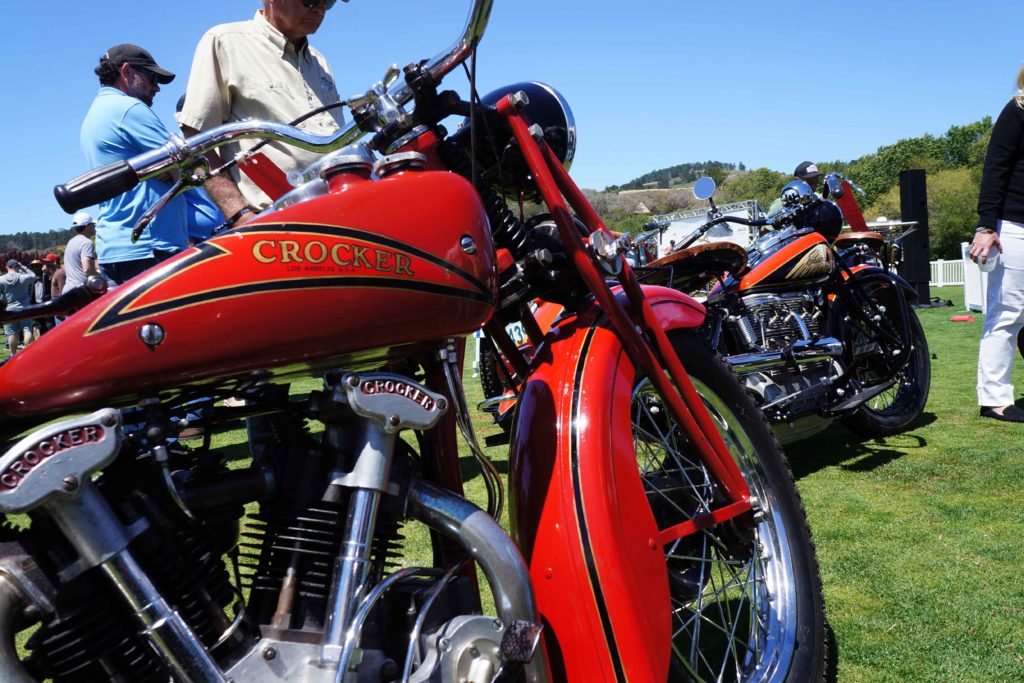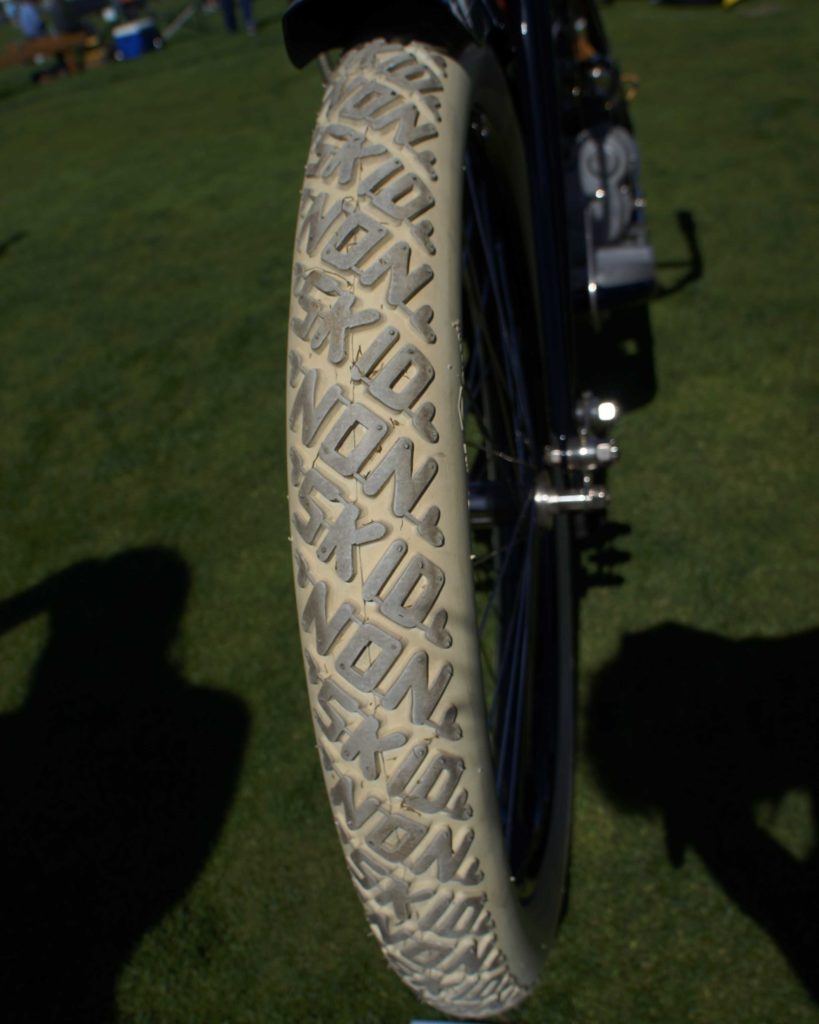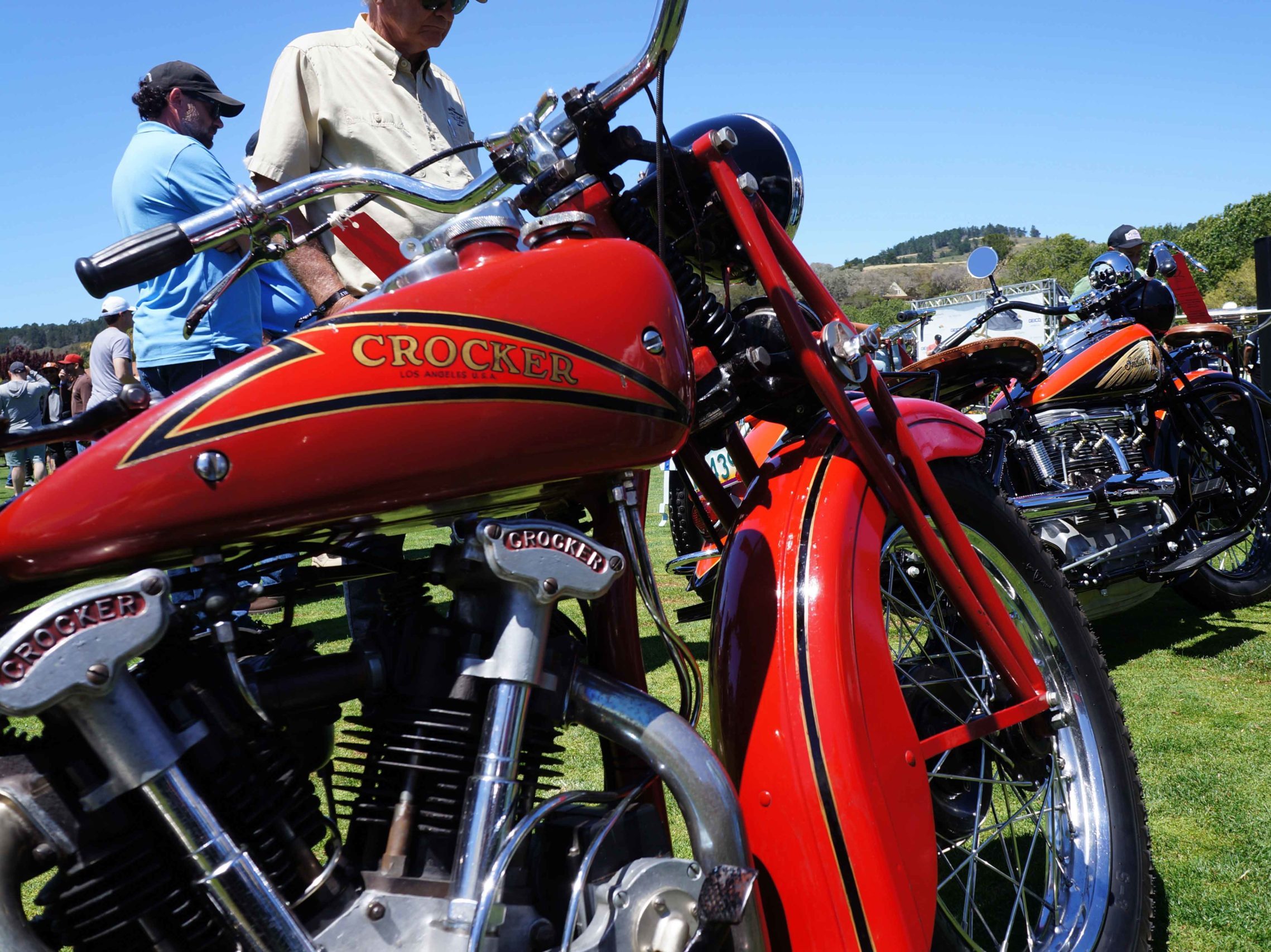
Aging has a way of making history relatable, as I’ve been discovering while calendar pages continue ticking away.
In my younger years, the most interesting motorcycles were the latest and greatest ones. And this was especially true for the dirtbikes I was riding before I was old enough to ride on the street. The 1970s and ’80s saw tremendous advancements in motorcycle design, invariably making the next generation of motorcycles better than the previous one.

New technology geeked me out. I was fascinated watching the performance and reliability gains to be had by employing overhead camshafts, electronic ignitions, higher compression ratios, and liquid cooling. The bikes of yesteryear, naively thought I, were immaterial to what was being offered at the moment.
Engines became so much more powerful that they were overwhelming frames, suspensions, and brakes. So, frames got stiffer, and suspensions became much better damped and less like pogo sticks. Weak drum brakes vanished in favor of authoritative discs.
Motorcycles of all types became even more highly evolved. Engines got bigger and stronger. Carburetors and choke levers were tossed aside in favor of one-touch electronic fuel injection. Chassis and suspension designs were honed and refined. Antilock brakes became commonplace.
More recently, we’ve seen huge advances in electronic rider aids. Rider safety was enhanced by traction-control systems, and electronic ride-by-wire throttles enabled the choice of engine tunings for various ride modes. The latest advancement is the emergence of inertial-measurement units (IMUs), which collect data points for acceleration and braking, lean angles, vehicle speeds, and gear selections to determine optimum throttle and braking reactions from the bike’s computer systems.

Objectively, motorcycles are better today than they ever were before. They’re faster, more capable, more reliable, and they’re safer.
As I was wandering around the lawn at the Quail Motorcycle Gathering last month – observing more than 100 years of moto history on two wheels – I wondered whether the riders of today could actually derive more enjoyment from motorcycles than the pilots of yesteryear, when every motorcycle was objectively inferior. I believe it would be impossible to delight in motorcycling more than our forebears on two wheels.
I imagined twisting the throttle of Charlie Nearburg’s historic hemi-head Crocker that earned Quail honors for the American category, a bike that reached 136 mph in 1940 in the immortal hands of Sam Parriott, and I pondered what it would be like to feel the responses from Chuck Sherman’s gorgeous Indian Four. (How many people alive today have even ridden an American 4-cylinder motorcycle?!) The machines from yesterday have led us to where we are today, and so they deserve some measure of reverence.
Today, nearly a half century since I first rode a minibike, the bikes of my youth are now – seemingly suddenly – vintage machines. So what does that make me…? I’m afraid to say I must be vintage, too, dammit.

















